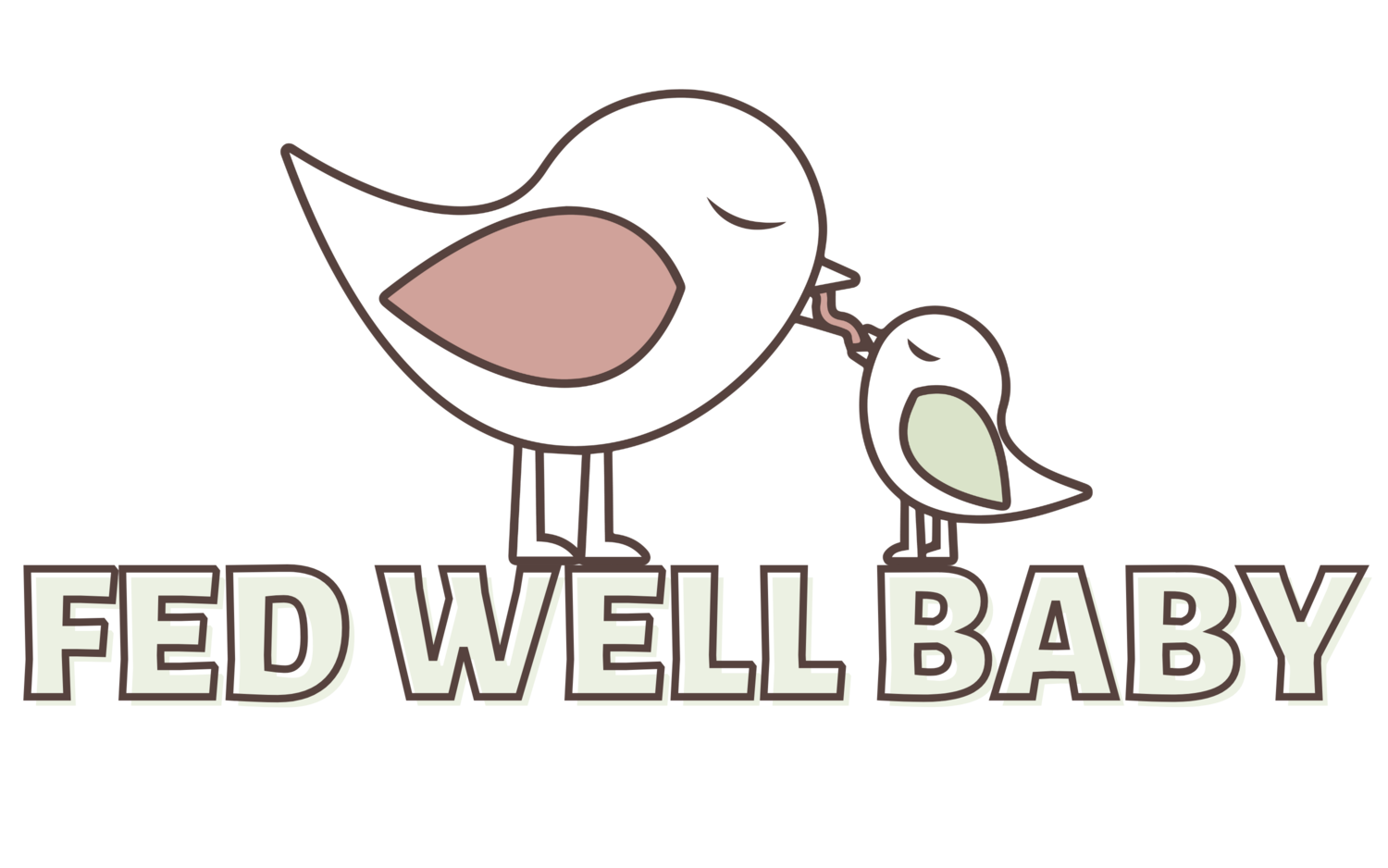PART 2: A Snapshot Of My Gut and How This Might Impact My Baby…
I just had my third baby a few weeks ago, and during pregnancy I really worked hard to get my gut in a good place. I focused on really clean eating, supplements, etc. However, I was still curious to see if I could find out more about my actual gut health and what bacteria was thriving vs lacking. I’ve been reading lots of scientific articles about how mom’s gut health can impact baby’s!
Clearly as you’ll see below, there is still work to be done on my gut, but I have really specific things I can do now.
Unfortunately, it was very late in pregnancy by the time I found out about this testing company called Tiny Health (I so wish I could have done this testing pre-conception or early pregnancy because I think I could have ended up in a better place end of pregnancy if I had known…).
My results didn't come back until after I had my baby since I tested so late, but I am still so grateful that at least now, within the first few weeks of my new baby’s birth, I have an idea of what my gut health was right before I had him.
I also sent off a sample of my baby’s stool at 7 days after he was born, which is supposed to be a really key time to see what baby's gut bacteria looks like after initial vaginal seeding during birth (once baby has started drinking breastmilk, day 7 gives a good picture of baby's gut bacteria). I am waiting to get that result back, but I want to share my own test results!
One of the most interesting things is that I found through the Tiny Health testing was that I was really low in Bifidobacterium and HMOs.
Tiny Health looks at Bifidobacterium during pregnancy because it’s important to pass them to the baby during birth.
Bifidobacterium are protective for babies because they help train the immune system, especially in the first months of life [1]. Some Bifidobacterium species are experts at digesting breastmilk sugars (HMOs), others are better at digesting carbohydrates typical of an adult diet. But all of them produce beneficial short-chain fatty acids that lower the gut pH, prevent the growth of unfriendly microbes, and support the immune system [2], [3].
It was disappointing to learn that I had low or non-existent levels, but I’m also so glad that I have this information so that I can actually do something about it by increasing these strains! I also am so glad that I did the infant gut test for baby too, so that I can see whether he is lacking this bacteria as well.
Bifidobacterium are especially good at digesting breastmilk sugars (HMOs). So for babies, having these beneficial bugs in the gut means they’re getting the most out of breastmilk or HMO-supplemented formula. This is because HMO digestion results in the production of short-chain fatty acids (SCFAs), which contribute to overall gut health and support immune development.
Since I was so low in HMOs, I am going to start taking one of Tiny Health’s recommended HMO supplements and make sure my diet is rich in HMO foods so that I can increase the amount in my gut!
Another thing that was borderline low for me was SCFAs. As seen above, HMOs produce SCFAs, so if Bifidobacterium is low, and HMO’s are then low, it makes sense that my SFAs would be low as well. SCFAs are the favorite energy source of intestinal cells, and as such they contribute to a healthy gut barrier.
The Tiny Health gut test calculated the potential of my microbiome to produce these beneficial metabolites. These SCFAs when high in adults can reduce inflammation, keep blood sugar levels steady, etc. Obviously this is something that I want to increase, and I love how the test results gave me a list of beneficial foods to get SCFAs higher in my diet.
My report showed a few other things that I tested a bit too high or too low for. However the good news is that my sample still showed a good microbiome diversity (likely from all the fermented foods I’ve been eating!), no parasites or infection, and no gut inflammation.
SO IN CONCLUSION…
I really feel like I got a great overview of what is going on with my gut and so grateful to know what particular bacteria species were low—the type of bacteria that would be beneficial for my baby. I’m going to be picking a probiotic that is really specific to those strains that I need (Tiny Health has a great list of recommendations in the gut report you get!), take an HMO supplement since I was so low, and start focusing on some of the other tips and food recommendations from my personalized action plan.
If you are interested in getting insights like this about your gut or baby’s gut, check out Tiny Health testing. You can use code FEDWELL20 for $20 off!
How is Tiny Health testing different from testing you can do through your pediatrician or GI specialist? Click here to learn why.
1) https://pubmed.ncbi.nlm.nih.gov/34143954/
2) https://pubmed.ncbi.nlm.nih.gov/29089173/
3) https://pubmed.ncbi.nlm.nih.gov/26859770/






